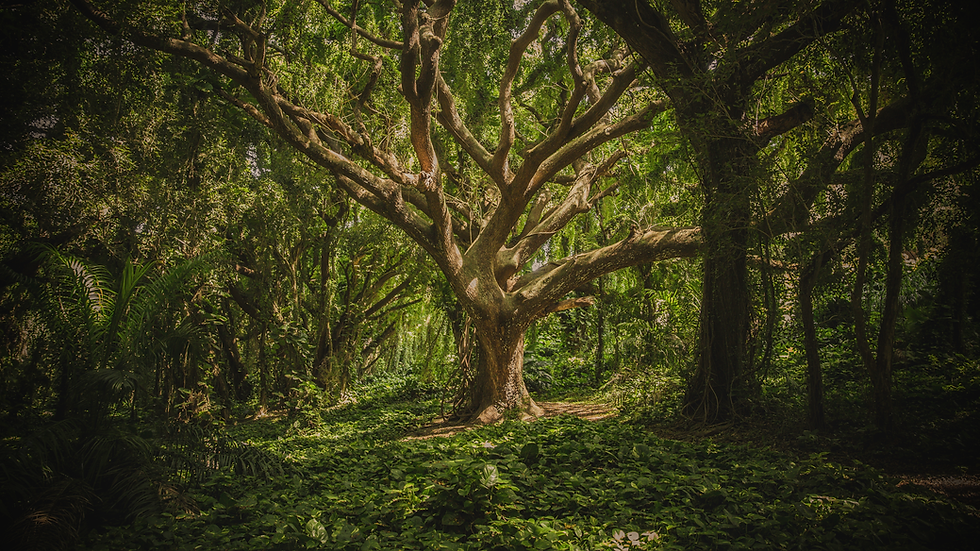Trees That Belong: The Mighty Baobab and Its Gift to the Land
- Haggai Mwenesi
- 7 days ago
- 2 min read

On a recent journey to the coastal city of Mombasa, I passed a quiet stretch of road flanked by giants, baobab trees. Their wide, swollen trunks reached into the sky like ancient sentinels. Some stood leafless, their thick branches bare against the blue. At first, they looked like upside-down trees, with roots for crowns. But I knew better. These were not dying trees. These were trees that belong.
Masters of the Seasons
The baobab knows when to rest.
In the dry season, the baobab drops its leaves. It stands strong but still, conserving energy and moisture. It is like it goes to sleep, saving its strength for when the rains return. This is not a sign of weakness, it is wisdom. Baobabs are perfectly adapted to Kenya’s changing climate. While other trees wilt or thirst, baobabs simply wait.
Why They Matter
Baobabs are not just strange-looking trees, they are nature’s engineers. Here is how they help the land:
Water storage:
Their spongy trunks can hold thousands of liters of water. During droughts, this water becomes life-saving for the tree and sometimes for humans and animals too.
Soil protectors:
Their huge canopy (when in leaf) shades the soil, helping it stay moist. Their deep roots prevent erosion and keep the earth healthy.
Carbon champions:
Baobabs live for hundreds of years and absorb carbon dioxide for decades, making them powerful carbon sinks. Food and medicine: Their leaves and bark are used in traditional
medicine across many Kenyan communities.
They have Always Been Here:
Baobabs are not just trees. They are storytellers. Some are over 1,000 years old. That means they have seen the rise and fall of villages, the coming of the railway, and the changing tides of history. They have stood through storms, droughts, and even colonial invasions. They’ve held memories for generations, meeting
points, shelters, sacred spaces.
To cut down a baobab is to erase a chapter of our natural history.
A Tree That Belongs
As I stood beneath a leafless baobab and took my photos, I felt something strange - calm. These trees were not struggling. They were thriving in their own rhythm. Unlike exotic trees, baobabs do not demand too much. They do not upset the land. They give more than they take. They belong.
Final Thought
When we talk about reforestation or planting trees, we need to ask not just how many, but which ones. Indigenous trees like the baobab are more than beautiful. They are built for our land, our people, and our future.
Let us protect them. Let us plant more of them. Let us listen to the trees that truly belong.




Komentarji